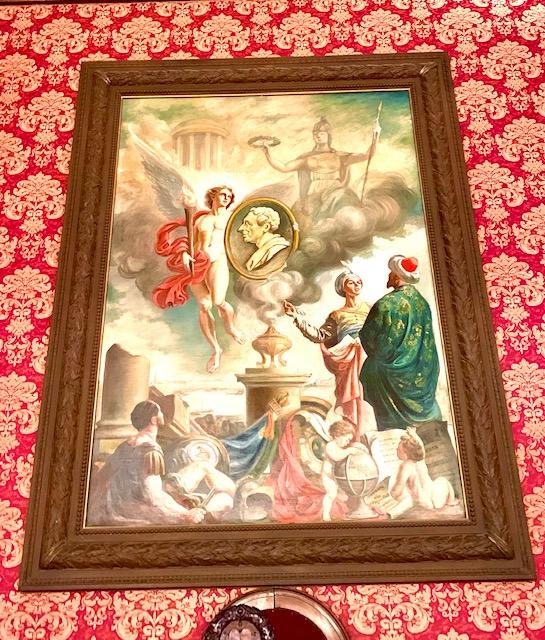

Shown here are pages from the six-volume series Mémoires pour servir à l'histoire des insectes by French entomologist René Antoine Ferchault de Réaumur (1683-1757), published in Paris by L'Imprimerie royale from 1734-1742. Although these types remained the exclusive property of the Imprimerie Royale, every French typographer imitated it as far as the royal privilege would permit, and would lead directly to the famous type designs of Pierre-Simon Fournier and the Didot family. Fortunately, the eminent French punch-cutter Philippe Grandjean mellowed this austerity, cutting several sizes over the next 10 years. The result was an aridity that caused William Morris two centuries later to exclaim that the artist had been ousted by the engineer. The academicians drew up the design of each letter on a strictly analytical basis, using a rectangle subdivided into 2304 squares (64 x 36). The king charged French mathematician and engraver Nicolas Jaugeon, along with a committee of the Academy of Sciences, to deliberately turn away from the principles of calligraphy and epigraphy that had been the basis for previous type designs, and instead develop designs entirely on mathematical principles. Steinberg observes, “the cold brilliance distinctive equally of the absolute monarchy and the logical mind of France.” Based entirely on Enlightenment principles, the type would have powerful implications for later French type designs, and exhibited, as the English historian S.


Now we turn to the development of a typeface that was expressly a product of the Age of Enlightenment: the Romain du Roi, or the Roman typeface of the king. The typeface was commissioned by the Sun King, Louis XIV of France, in 1692 for the exclusive us of the Imprimerie Royale.


 0 kommentar(er)
0 kommentar(er)
